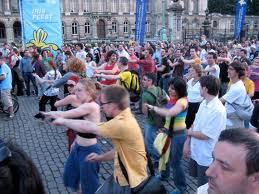 I’ve received several YouTube links from friends in recent weeks with footage of various “flash mob” performance happenings around the world, from outbreaks of Italian opera by fruit and vegetable vendors in Spanish markets to teenagers performing hip-hop dance routines in Australian train stations.
I’ve received several YouTube links from friends in recent weeks with footage of various “flash mob” performance happenings around the world, from outbreaks of Italian opera by fruit and vegetable vendors in Spanish markets to teenagers performing hip-hop dance routines in Australian train stations.
Seems like flash mobs are all the rage these days. They’re a wonderful idea because they create a sense of immediacy, bring art to a wide audience and help to blow the dust of artistic genres that many people tend to associate with musty theatres and high ticket prices.
On the flip side, flash mobs tend to trivialize art and it’s very often the case that the surprise/spectacle element far outdoes the artistic quality of the work on display.
On balance though, I’m all for these colorful interventions into everyday life. If nothing else, they serve as a reminder that there is creativity and a sense of humor in every corner.

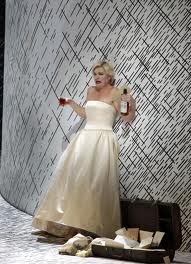 If an artistic event has been and gone, is it still worth writing about?
If an artistic event has been and gone, is it still worth writing about?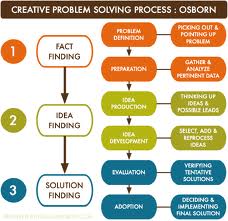 A few days ago I exchanged email with a friend who works in the arts media landscape. I asked him how he was doing. “Can’t complain. My life is a process of creative problem-solving,” he responded.
A few days ago I exchanged email with a friend who works in the arts media landscape. I asked him how he was doing. “Can’t complain. My life is a process of creative problem-solving,” he responded.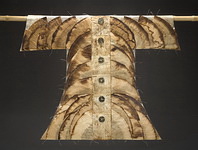 Exhibitions based on handicrafts have been making a big comeback in the Bay Area in recent years, what with the city’s two museums dedicated to crafts helping to spotlight artists who work in handicraft media and organizations like YBCA also doing their part to put on exhibitions focusing on crafts.
Exhibitions based on handicrafts have been making a big comeback in the Bay Area in recent years, what with the city’s two museums dedicated to crafts helping to spotlight artists who work in handicraft media and organizations like YBCA also doing their part to put on exhibitions focusing on crafts.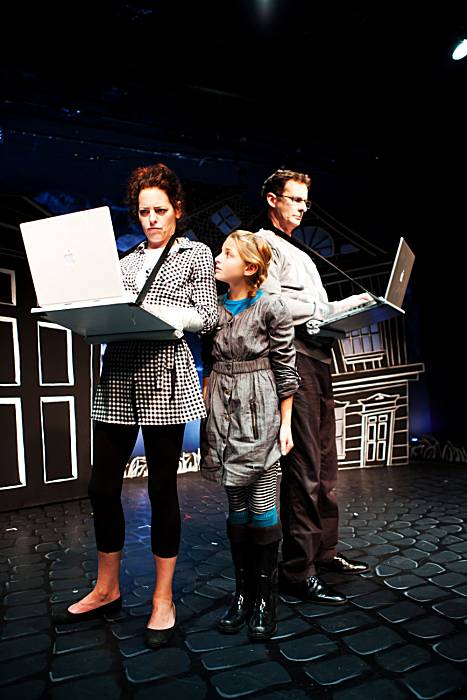
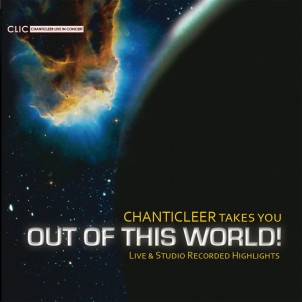
 Shattered but happy after pulling off first ever full-scale fundraising event for
Shattered but happy after pulling off first ever full-scale fundraising event for 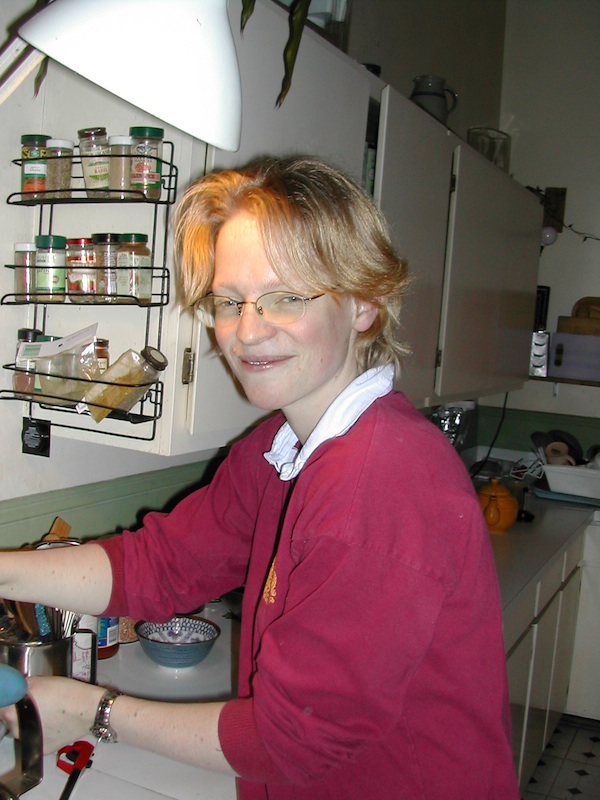 When ArtsJournal publishes memorial pieces or formal obituaries, they’re usually of household names or at least leading figures in the world of the arts. This morning, however, I’d like to pay homage to an amazing choreographer, beautiful dancer, deep thinker and dear friend, Niki Pollard, who passed away on Monday following a nearly five-year battle against cancer. She was 37 years old.
When ArtsJournal publishes memorial pieces or formal obituaries, they’re usually of household names or at least leading figures in the world of the arts. This morning, however, I’d like to pay homage to an amazing choreographer, beautiful dancer, deep thinker and dear friend, Niki Pollard, who passed away on Monday following a nearly five-year battle against cancer. She was 37 years old. The festive season is fast approaching and once again the Bay Area is abundant with opportunities for listening to and singing along with The Messiah. Here is a shortlist of some of the regional outings of Handel’s holiday favorite in the coming weeks:
The festive season is fast approaching and once again the Bay Area is abundant with opportunities for listening to and singing along with The Messiah. Here is a shortlist of some of the regional outings of Handel’s holiday favorite in the coming weeks: There seem to be two schools of thought on the question of whether performers who are sick should attend rehearsals or stay away.
There seem to be two schools of thought on the question of whether performers who are sick should attend rehearsals or stay away. The American rocker Rufus Wainwright stepped out before an expectant audience at Davies Symphony Hall for the world premiere of his new song cycle based on five sonnets by William Shakespeare dressed in a puffy, white Renaissance shirt embellished with what looked like a piece of squashed Victoria sponge cake, lilac taffeta trousers and patent black clogs. A silver chain-link necklace glistened between the dark hairs on his pale chest.
The American rocker Rufus Wainwright stepped out before an expectant audience at Davies Symphony Hall for the world premiere of his new song cycle based on five sonnets by William Shakespeare dressed in a puffy, white Renaissance shirt embellished with what looked like a piece of squashed Victoria sponge cake, lilac taffeta trousers and patent black clogs. A silver chain-link necklace glistened between the dark hairs on his pale chest. Soprano Measha Brueggergosman performed her recital debut in San Francisco last night under the auspices of
Soprano Measha Brueggergosman performed her recital debut in San Francisco last night under the auspices of